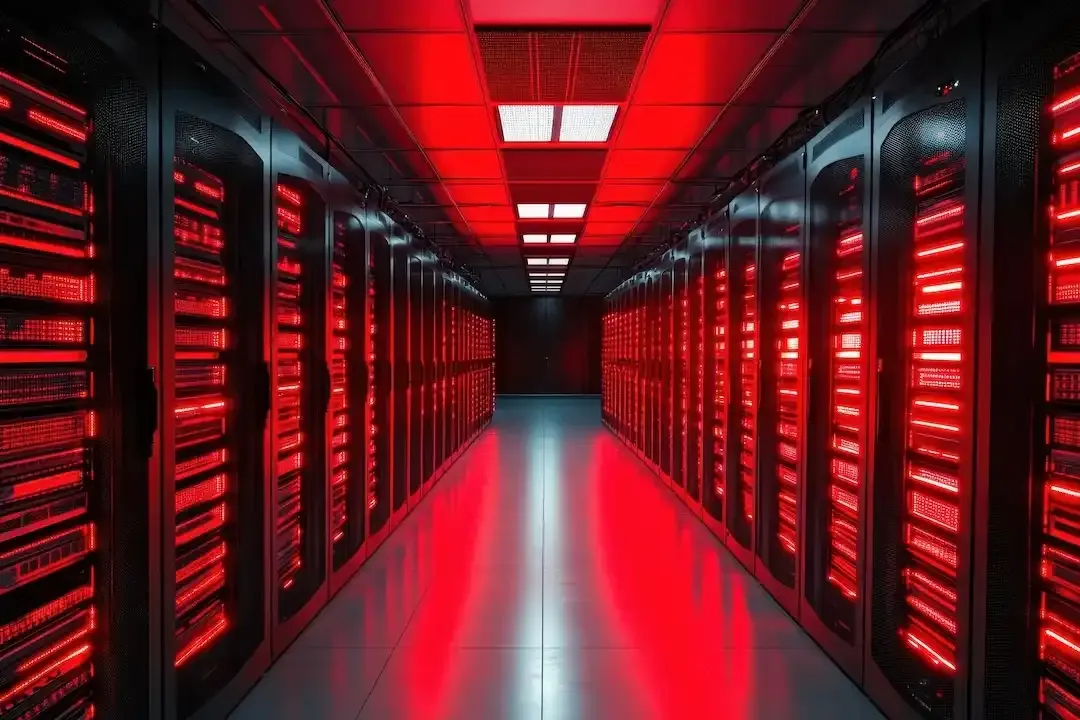waste not
Rice University team finds economical way to recycle data center heat into power

A team of Rice University researchers has found a way to convert data center waste into clean power using rooftop solar collectors. Photo courtesy Rice University.
As data centers expand, their energy demands rise as well. Researchers at Rice University have discovered a way to capture low-temperature waste heat from data centers and convert it back into usable power.
The team has introduced a novel solar thermal-boosted organic Rankine cycle (ORC)—a power system that uses a safe working fluid to make electricity from heat. The design incorporates low-cost rooftop flat-plate solar collectors, which warm the data center’s coolant stream before it enters the ORC. The findings, published in Solar Energy, show that the additional “solar bump” helps surpass the technical roadblocks with data center waste, which has typically been too cool to generate power on its own.
The research was supported by the Alliance for Sustainable Energy LLC, the National Renewable Energy Laboratory and the U.S. Department of Energy.
“There’s an invisible river of warm air flowing out of data centers,” Laura Schaefer, the Burton J. and Ann M. McMurtry Chair of Mechanical Engineering at Rice and co-author of the paper, said in a news release. “Our question was: Can we nudge that heat to a slightly higher temperature with sunlight and convert a lot more of it into electricity? The answer is yes, and it’s economically compelling.”
Traditionally, electric heat pumps have been used to raise temperatures before recovery, but the benefits were limited because the pumps consumed significant extra power.
Kashif Liaqat, a graduate student in mechanical engineering at Rice, and Schaefer achieved a "temperature lift” by using solar energy to create thermoeconomic models. They modeled affordable, low-profile rooftop solar collectors that fed into an ORC and tied into a liquid-cooling loop. The collectors were validated against industry tools and tested at some of America’s largest data center hubs in Ashburn, Virginia, and Los Angeles, which provided varying climate challenges.
The system recovered 60 percent to 80 percent more electricity annually from the same waste heat, with a 60 percent boost in Ashburn and an 80 percent boost in Los Angeles, according to Rice. It also achieved over 8 percent higher ORC efficiency during peak hours, and an increase in annual average efficiency. The approach also lowered the cost of electricity from the recovered power by 5.5 percent in Ashburn and by 16.5 percent in Los Angeles.
“What the industry considers a weakness becomes a strength once you add solar,” Liaqat said in a news release. “That’s great news for modern data centers.”
Next up, the team will look to pilot its hybrid system in operational sites and explore thermal storage, which the researchers hope could bank solar heat during the day to assist with energy recovery efforts at night.